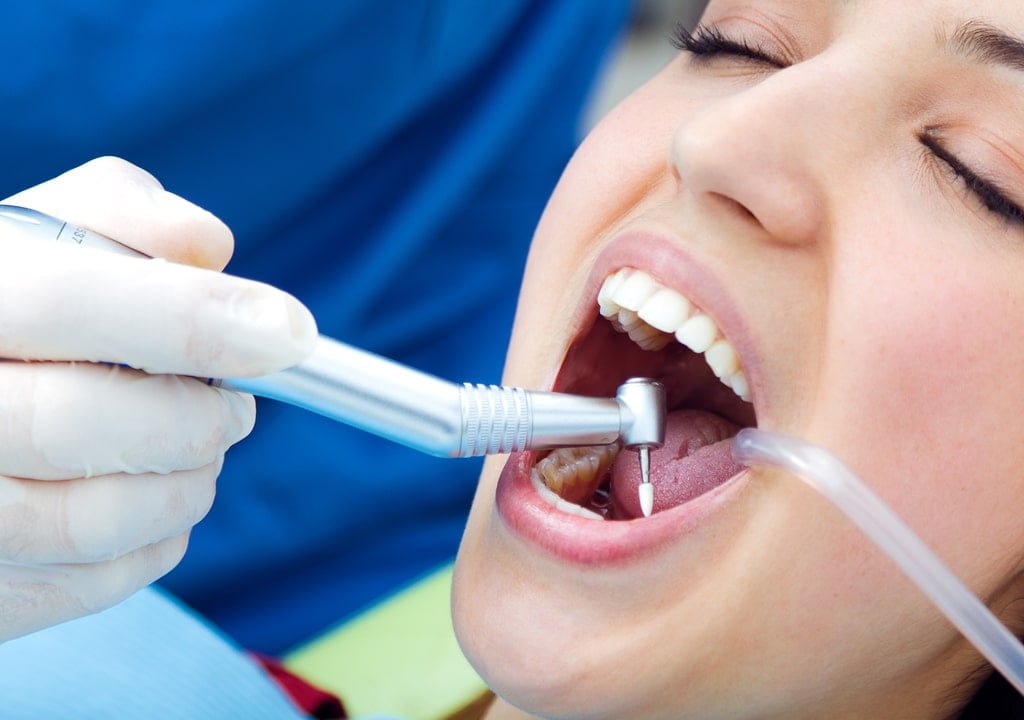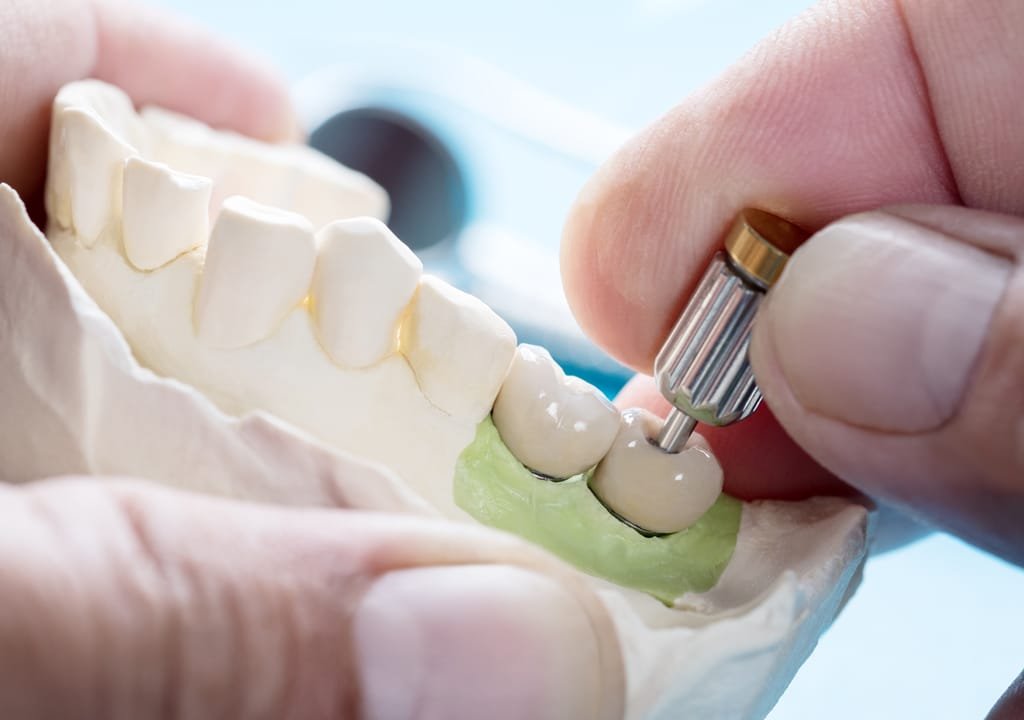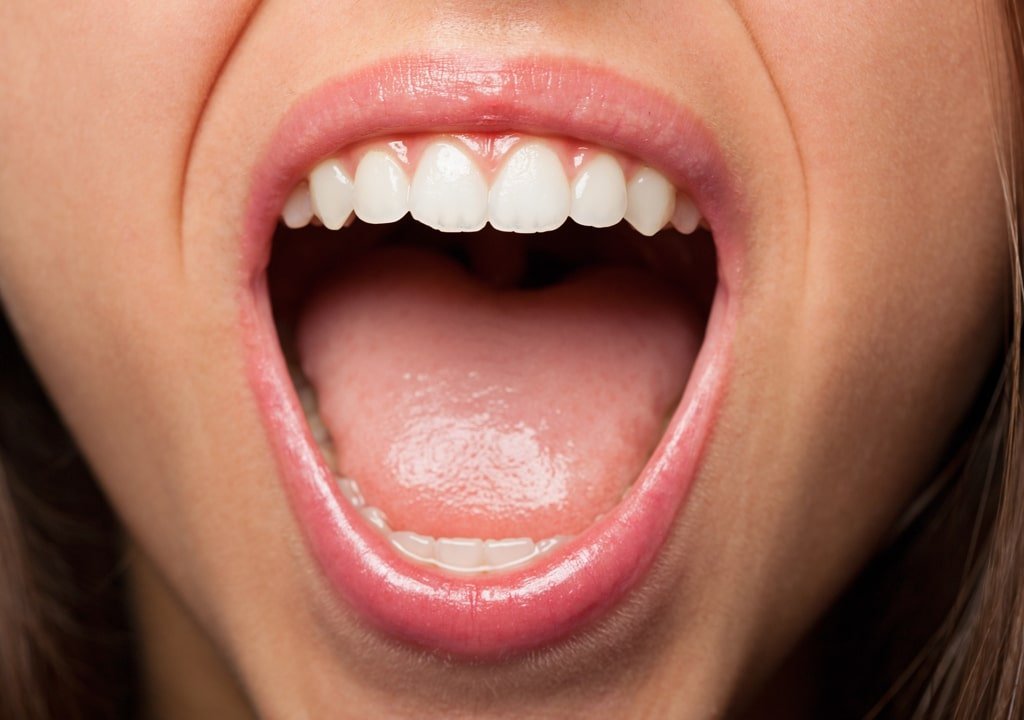Blog
Everything You Need to Know About Dental Implant Recovery
Introduction:
We have compiled this article on “Facts About Dental Implant Recovery Process”. The reference links are at the bottom of the article.
[1]While dental implant surgery may be intimidating to some, it is absolutely worthwhile; and the recovery time usually is not all that long either, making this a worthwhile investment. Recovery time can differ depending upon the individual and the particular surgery in terms of complications or amount of implants, but it generally takes a week to see a considerable amount of improvement in symptoms. Let’s go over what to expect once you arrive home from surgery and what you can do to ease any pain and inflammation.
Recovery Time
Recovery time is typically shorter than most people think. Usually most major symptoms of surgery clear up within the first week, but sometimes recovery can take longer, depending upon how many teeth you had implanted.
Generally, once you leave the dentist, you may experience mild bleeding from around the implant site; this is completely normal and should clear up within a few hours after surgery completion. You may also experience a pain associated with swelling and drainage, which should clear up after 2-3 days.
Once you have reached the third day, most of the bruising should have dissipated and the pain should subside substantially. You may also experience stiff jaw muscles, sore tongue and throat, and a dryness that will all largely subside within day 7.
Number Of Implants Received
Receiving one dental implant will have a much shorter recovery time than having a full implant surgery done, so this plays a big role in determining the time it takes for recovery. For example, an All-On-4 implant will take a longer amount of time than a single implant would, so this needs to be taken into consideration.
Bone Grafts
Bone grafts are needed if your jaw bone is not strong or thick enough to support the stress that an implant, especially the pressure an All-On-4 would put on the bone. If you lack proper bone thickness and/or strength, then you may need a bone graft. This will extend recovery by a minimum of a few weeks, with most discomfort subsiding within the next month or two. This also largely depends on how much bone grafting is needed, as a small amount bone grafting would not extend recovery time like a larger amount would.
[2]4 Facts About The Dental Implant Recovery Process
More than 8 million Americans have chosen dental implants for a more permanent solution for their smiles. The truth is dental implants are the next best solution after natural teeth. The process to receive dental implants happens over several months, but once you have them placed it will be well worth it!
In order to prepare for the this procedure, four facts to consider about the dental implant recovery process include the recovery time, bone grafting, changing your diet, and incorporating a good oral hygiene routine.
Here is what you need to know about each of these facts and how to best prepare yourself for a life-transformation smile.
Recovery Time Will Vary
The amount of time it will take for you to cover from receiving dental implants will depend on the amount of implants you received. However, the recovery time is actually much shorter than what most people realize.
You’ll experience most of the post-dental implant syndromes the first week, which could include some minor bleeding around the implant sites, swelling, bruising, sore tongue and throat, and stiffness in your jaw.
If you received just one dental implant, you’ll recovery time will be much shorter. If you had several or all teeth replaced with implants, then your recovery time will be much longer.
Bone Grafting
After factor to consider when thinking about dental implants is if there is a need for bone grafting.
The way that implants work is that the surgeon attaches them directly into your jawbone with something that resembles a screw. Think of this screw, also known as a post, as your new root. And once your gums are healed enough, the surgeon places the artificial tooth on the post.
Your surgeon will do 3D digital imaging beforehand to make sure your jaw can hold the post. If the surgeon determines that your jaw isn’t strong enough, you may need a bone graft. This is also another factor to consider when it comes to estimating your recovery time. If you do need a bone graft, your recovery time will be longer.
Changing Your Diet
After your dental implant surgery you will have to avoid certain food and drinks so your implant has time to heal. Some of the major food and drinks to avoid during your recovery include:
- Acidic foods: lemons, tomatoes, grapes, apples, cheese, peanuts, pasta, rice, pizza
- Acidic drinks: alcohol, pop, hot chocolate, sports drinks
Acidic food and drinks can irritate the tissue around your implant and cause you additional pain and inflammation.
It is also best to avoid eating anything hard to avoid the risk of causing any damage. Some recommended soft foods you can enjoy during the recovering process include:
- Oatmeal
- Fish
- Eggs
- Bananas
- Baked beans
- Avocadoes
- Smoothies
- Protein shakes
- Ice cream
- Mashed potatoes
- Soup
You should eat soft foods at least one week after your procedure and perhaps even longer depending on the instructions from your surgeon.
Incorporating A Good Oral Hygiene Routine
If you brush twice a day and floss once a day already, then this will be no problem for you. You should continue your oral hygiene routine, but if you find it hard or painful to open your mouth right after your procedure, your surgeon will recommend rinsing your mouth with salt water or an antiseptic mouthwash to help prevent any infection.
When you are able to brush your teeth and floss, you should continue to do so, but make sure to be gentle during the recovery process.
-
https://fountainhillsdentist.com/dental-implant-recovery-process-facts ↑
-
https://desai-dental.com/blog/4-facts-about-the-dental-implant-recovery-process ↑
Conclusion:
Thank you for reading this article, and check back frequently for other dental health articles. Should you have any questions, please contact Apple Tree Dental today!
Article compiled by Apple Tree Dental








